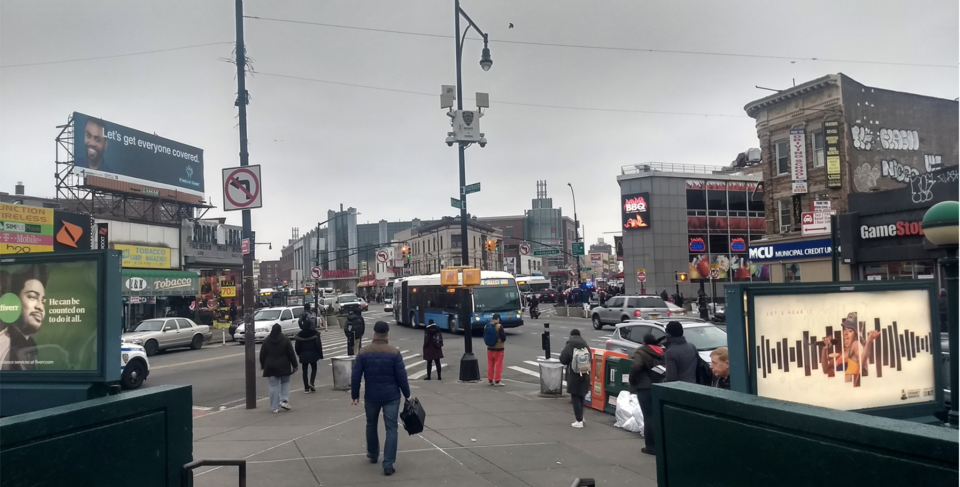By: Kenneth Mbonu, President/ Executive Director, Flatbush Nostrand Junction BID
Baby boomers, people born between 1946 & 1964 account for 60% of small business or franchise ownership, employing about 37 million private sector employees; according to Small Business Association. Many of these businesses are service based from the professional services to the restaurants, autoshops, plumbing and hardware businesses.
These businesses make up the crux of main street’s brick & mortar establishments with a trained, committed employee workforce that lives, shops and supports other local businesses, keeping the dollar circulating a little longer in their communities. These companies and their employees play a significant role in keeping our economic engines churning.
According to Inc magazine; as the baby boomer generation approaches retirement age, the business owners are struggling to determine if they can retire. Let’s look at this back of the envelope scenario:
- 94% of these businesses have annual revenues less than $5 million leading to profits (EBITDA*) of $500K or less.
- Businesses with EBITDA averaging $100K - $500K, are valued at 3x – 5x EBITDA multiples i.e., $300K - $2.5 million
- There is a 20% chance to find a buyer of the business and almost zero percent chance of finding an all-cash buyer
- Timing could play a role in diluting the value of these businesses as the baby boomers could be looking to sell during the same period
- Selling at a significant discount could result in a squeeze on their retirement nest egg, putting pressure on Medicaid, Social Security and other government programs
- The businesses might be compelled to close, leading to unemployment and its trickle-down impacts
- Most business owners make $75K - $250K annually
As we look for ways to keep our commercial corridors vibrant, commercial vacancies low, reduce unemployment, low employee turnover, enhance employee ownership and equity and create healthy retirement nest eggs, it is imperative that there is a focus on employee ownership initiatives.
Some examples of Employee Ownership Initiatives:
- Phantom Stock Incentive Plans: providing employees with hypothetical ownership rights subject to the owners’ parameters
- Limited Direct Ownership: Providing preferred stock within certain parameters without voting rights
- Restricted Grants: Formal plan allowing for employees to acquire stock at a lower value
- Stock Options: Plans that allow for employees to purchase ownership or stocks for a period of time
- Employee Ownership Trusts: Allows for the owners of a company to sell or transfer stocks to a trust, managed by a trustee. The trust could eventually buy out the owner over a period of time.
- Cooperatives: A association jointly owned and democratically controlled by the employees
- Employee Stock Ownership Plan (ESOP): An employee ownership plan that provides stocks in the company as part of their compensation.
It is time City and State agencies that manage business development and workforce retention programs lead the effort in providing technical assistance training programs on these options to businesses that fit the criteria and also provide financing to cover the administrative and legal costs which many of these businesses might not be able to afford.
*EBITDA (Earnings before Interests, Taxes, Depreciation & Amortization)
References: Inc Business Magazine, Impact Finance Center




